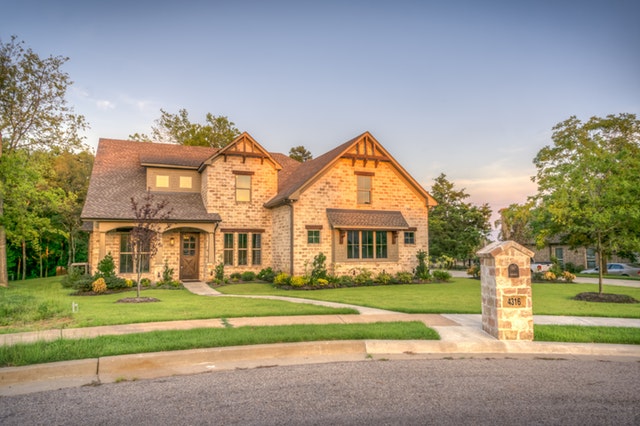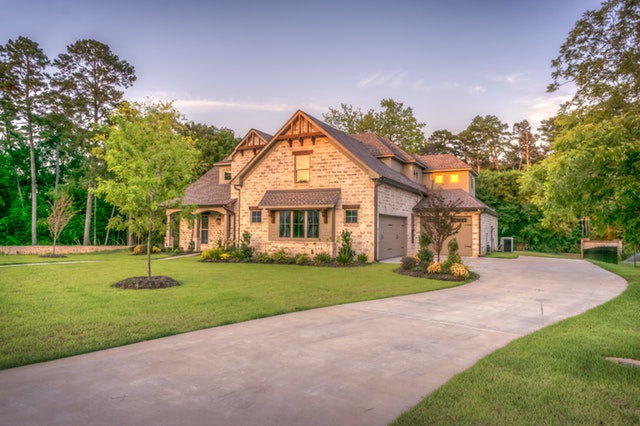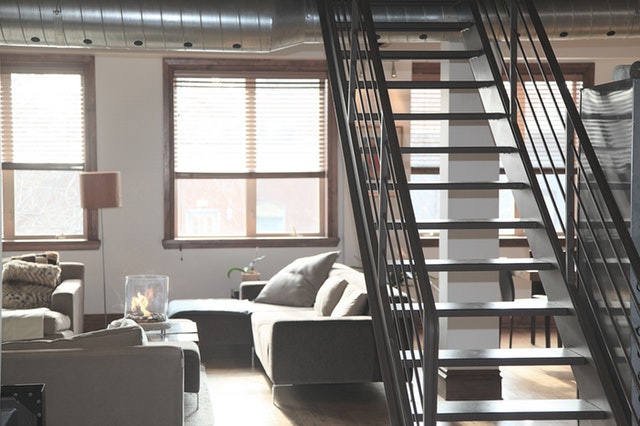 Home price growth slowed to its lowest rate in 20 months according to the 20-City Home Price Index issued by Case-Shiller. After years of dismal readings, Las Vegas, Nevada led the cities included in the index.
Home price growth slowed to its lowest rate in 20 months according to the 20-City Home Price Index issued by Case-Shiller. After years of dismal readings, Las Vegas, Nevada led the cities included in the index.
Top three cities for August included Las Vegas, Nevada where year-over-year home prices grew by 13.90 percent. San Francisco, California saw home prices increase by 10.60 percent year-over-year and Seattle, Washington home prices rose by 9.60 percent year-over-year. August’s 20-City Home Price Index overall reading fell below six percent for the first time in a year.
Cooling Home Price Growth Helps Balance Housing Markets
Cooling home prices have been forecast for months, but August’s reading indicated that home prices have peaked and that current home price growth rates may ease pressure on overheated real estate markets, where high home prices, limited inventories of homes for sale and rising mortgage rates have limited buying opportunities. Home price growth remained above current rates of wage growth and inflation, but slower appreciation of home values will help balance the housing market from an extreme sellers’ market to more moderate market conditions.
Rising Mortgage Rates Not Sole Cause of Easing Home Prices
Dallas Federal Reserve President Robert Kaplan recently said that rising mortgage rates were not the only cause of slowing growth of home prices. Mr. Kaplan said that multiple factors including rising building costs, labor shortages and rising mortgage rates combined to ease record demand for home; Mr. Kaplan said that the Fed is closely monitoring the economy and housing markets and mentioned that he had previously forecast slower housing markets as 2019 approaches.
Recent stock market sell-offs boosted the 10-year Treasury note price, but this momentum appears to be settling. Fixed mortgage rates are connected to yields on 10-year Treasury notes. Yields rise as note prices decline. Mortgage rates rise as the 10-year Treasury yield rises. While nothing is set in stone, this situation indicates that mortgage rates could continue to rise.
Rising mortgage rates and strict mortgage lending requirements have barred home buyers concerned with affordability and less than perfect credit profiles. As prospective home buyers abandon their home searches, demand for homes should ease and may further reduce gains in home prices.
If you are interested in buying a new property or selling your current property, contact your trusted real estate agent to discuss market specifics in your area.
 The winter real estate market tends to be significantly different from other seasons. Buyers and sellers alike are often driven by different reasons than at other times of the year. That can be a win-win for both motivated buyers and sellers in the right climate.
The winter real estate market tends to be significantly different from other seasons. Buyers and sellers alike are often driven by different reasons than at other times of the year. That can be a win-win for both motivated buyers and sellers in the right climate. Just like Fantasy Football players try to predict who will score the most touchdowns, pass for the most yardage and win the Super Bowl, people with an eye on the real estate market also engage in speculation. Like sports fans, expectations are often driven by statistics from the previous season.
Just like Fantasy Football players try to predict who will score the most touchdowns, pass for the most yardage and win the Super Bowl, people with an eye on the real estate market also engage in speculation. Like sports fans, expectations are often driven by statistics from the previous season. While you could spend tens of thousands of dollars or more completing a home makeover, there are more than a few budget-minded ideas that you may consider.
While you could spend tens of thousands of dollars or more completing a home makeover, there are more than a few budget-minded ideas that you may consider. Home builder confidence in national housing market conditions rose one index point for a reading of 68 in October. Readings over 50 indicate that most builders are confident about market conditions. Rolling three-month averages showed mixed results. The Northeastern region gained three points for an index reading of 57; the Midwestern region lost two index points with a reading of 57 and the Southern region posted a gain of one point with a reading of 70. The Western region held steady at 74.
Home builder confidence in national housing market conditions rose one index point for a reading of 68 in October. Readings over 50 indicate that most builders are confident about market conditions. Rolling three-month averages showed mixed results. The Northeastern region gained three points for an index reading of 57; the Midwestern region lost two index points with a reading of 57 and the Southern region posted a gain of one point with a reading of 70. The Western region held steady at 74. The record-setting pace of the U.S. economy continues to positively impact the housing market and home foreclosures now stand at an astonishing 12-year low.
The record-setting pace of the U.S. economy continues to positively impact the housing market and home foreclosures now stand at an astonishing 12-year low. The arrival of fall, with cooler temperatures followed by a season of holiday celebrations, means getting cozy at home, spending more time cooking and enjoying friends and family in front of a blazing fire, and lighting up your home for a series of holidays. Sadly, though, it is also a time that carries a higher risk of property losses due to fire and accidental injuries.
The arrival of fall, with cooler temperatures followed by a season of holiday celebrations, means getting cozy at home, spending more time cooking and enjoying friends and family in front of a blazing fire, and lighting up your home for a series of holidays. Sadly, though, it is also a time that carries a higher risk of property losses due to fire and accidental injuries. In some parts of the country, it has already started snowing! But, even if you live in an area with a moderate climate, your lawn and garden are about to take a “winter break.”
In some parts of the country, it has already started snowing! But, even if you live in an area with a moderate climate, your lawn and garden are about to take a “winter break.”  Reality TV shows about house flipping make it look easy. But behind every lucrative renovation project, there are factors that impact profitability such as buying price, labor costs, unforeseen setbacks and perhaps most importantly, location.
Reality TV shows about house flipping make it look easy. But behind every lucrative renovation project, there are factors that impact profitability such as buying price, labor costs, unforeseen setbacks and perhaps most importantly, location. Many people associate the fall months with cooler temperatures and changing colors. But another defining characteristic of fall is that the days become shorter. Yes, there’s limited daylight, as the sun rises later and sets earlier.
Many people associate the fall months with cooler temperatures and changing colors. But another defining characteristic of fall is that the days become shorter. Yes, there’s limited daylight, as the sun rises later and sets earlier.